Extensive research went into the writing of this piece. First, I lay on the sofa watching Disney’s Cinderella. Then, Beauty and the Beast. Then, because I’m assiduous about these things, Frozen. The singalong version. I wish I could tell you that the sofa was a rococo number with ormolu mounts and a pink satin seat, but that would upholster the truth.
My excuse – who needs one? – was the Wallace Collection’s delightful exhibition Inspiring Walt Disney: The Animation of French Decorative Arts. It’s not often that I leave a show smiling, humming and near enough twirling my way through the West End. Bibbidi-bobbidi-boo.
What a clever and original exhibition this is: an ingenious pairing of the Wallace’s 18th-century collections with rococo flourishes from Disney’s classic films. It is a pendant to a larger show that has just finished at the Metropolitan Museum of Art in New York. Get the Met catalogue if you’re craving more.
Walt Disney, born in Chicago in 1901, to a father of Irish and a mother of German and English descent, was fascinated by the ‘Old Continent’. He first travelled to France in 1918, just after the end of the first world war, as a Red Cross ambulance driver. He returned to America the following year and began his artistic career in commercial illustration. By 1923, he had, with his brother Roy, set up the Disney Brothers Cartoon Studio, later the Walt Disney Company. Five years on, he struck big with Mickey Mouse. When he arrived in London and Paris on a grand tour in 1935, Walt was a megastar. He visited the Palace of Versailles, where a family home video shows him wandering the park, Louis XIV’s Hall of Mirrors and Marie Antoinette’s private apartments. He began collecting what would become a library of more than 330 books on European art and architecture, and illustrated fairy tales, among them ‘Cinderella’, ‘Sleeping Beauty’ and ‘Beauty and the Beast’. He had a weakness, too, for kitschily romantic antiques. The rococo, the exuberant decorative style, all frills and folderols, that flourished in France and Germany in the 18th century became an enduring source of inspiration for Disney’s animators.
Two early Disney shorts from the Silly Symphony series star porcelain figurines of the cupids-and-powdered-wigs type. In ‘The Clock Store’ (1931), a couple of Meissen-style china waltzers dance a courtly minuet from Mozart’s Don Giovanni, while in ‘The China Shop’ (1934) a pair of dancers dazzle the tankards and teapots with a pas de deux. There are clips from each in the show, but it’s worth watching the full sequences on YouTube (not least to find out what happens when the china shop lady is abducted by a lusty satyr statuette). The transformation in animation in just three years is astonishing: from crackling black and white to wonderfully rendered colour. Look at how the light plays across porcelain skirts and frock coats in the later cartoon.
I can’t decide whether it’s better to re-watch your Disneys pre-exhibition or post. Certainly, watching Cinderellaafterwards, I noticed details I might otherwise have missed: the porcelain bookends – a pretty peasant and her simpering beau – on the King’s desk; the elaborately carved legs of Lucifer’s ottoman cat-bed; the Fragonard garden where the Fairy Godmother transforms Cinderella into a princess. This magical makeover was said to have been Walt’s favourite scene. The Wallace displays the 24 separate drawings it took to realise a single second of Cinderella’s rags turning into a ball dress. In her concept drawings, Disney artist Mary Blair had imagined Cinderella in a swirl of sparkles. Think of the animators, drawing and redrawing our heroine 24 times a second, moving each star of glitter a fraction of a millimetre each time. Witchcraft with graphite and coloured pencil.
Cinderella (1950) was before my time, but Beauty and the Beast (1991) I saw in the cinema. Aged 4¾, I was terrified by the wolves and smitten with Chip the teacup. Two decades later, I am still word-perfect in ‘Be Our Guest’, the showstopping, mouth-watering, Busby-Berkeley routine performed by the household crockery, cutlery and flirty feather dusters. ‘Beef ragout, cheese soufflé,/ Pie and pudding en flambé!/ We’ll prepare and serve with flair/ A culinary cabaret…’
Among the highlights of the exhibition are preliminary drawings for Cogsworth, the Beast’s major-domo and mantel-clock; Lumière, master of ceremonies and candlestick; Mrs Potts, housekeeper and teapot; and her son Chip. Every detail is thought out. Where would Lumière’s bronze body naturally bend? How should his wax quiff fall? And how to avoid his candleholder hands looking too much like an open lavatory bowl? Cogsworth started life as a grandfather clock but had to be shrunk to the same scale as his fellow servants. Early drawings for Mrs Potts were modelled on chinoiserie Meissen teapots, but she became shorter and stouter, even acquiring in one iteration a tartan tea cosy. Interesting to note that Lumière was silver but became gilded bronze. Metal is a particular challenge for animators. A deep yellow is more likely to be ‘read’ as gold than blue as silver. When Cogsworth gives Belle a tour of the Beast’s castle, he spouts authoritative-sounding nonsense about ‘minimalist rococo design’ and ‘the late neoclassic baroque period’. The Disney team knew their periods even if Cogsworth did not.
The exhibition notes make the point that some of the words we use for ornaments and furniture are body words. Clocks have faces, tables legs, vases handles ‘à oreilles’. Disney’s animators had a genius for anthropomorphism. A single sheet in the exhibition shows ten studies for the magic carpet in Aladdin (1992). Illustrator Randy Cartwright gives us ‘excited’, ‘forlorn’, ‘thoughtful’, ‘dreamy’, ‘shocked’, ‘curious’, ‘laughing’, ‘exultant’, ‘mortified’ and ‘me!?’, each emotion distinct and convincing. Turns out you can say a lot with a tassel. A first task for many new Disney employees was to animate a half-filled flour sack.
There’s a section devoted to Fragonard’s ‘The Swing’ (1767), a jewel in the Wallace Collection crown and a favourite of Disney artists. An early sequence for Beauty and the Beast, later cut, had Belle sitting on a swing pushed by her father. ‘The Swing’ appeared again in test loops for Tangled (2010), Rapunzel’s lovely locks swinging behind her. Finally, the picture made it into cinemas with a cameo in Frozen(2013). During the picture-gallery montage, Princess Anna joyfully bounces in front of the family Fragonard, imported from the Wallace to the fictional kingdom of Arendelle. (Keen eyes might also spot paintings by Pieter Brueghel the Elder, Gerard ter Borch and John Singer Sargent.) Incidentally, it strikes me, looking at it now, that Fragonard’s high-kicking lady has, like Cinderella, lost her shoe.
Every week I am sent a new press release from a gallery pleased to have launched an iPad activity trail for children. It doesn’t half depress me. I think of screens as a barrier between child and painting. If you don’t learn to look when you’re little, when will you?
This witty, inventive exhibition, full of charm and surprises, seems a perfect solution to getting kids into galleries: an introduction to rococo art, with splendid divertissements from Disney. If there’s a nine-year-old girl in your life – or a 34-year-old one for that matter – put on your best glass slippers, saddle your four white mice and park your pumpkin outside the Wallace.
Got something to add? Join the discussion and comment below.
Get 10 issues for just $10
Subscribe to The Spectator Australia today for the next 10 magazine issues, plus full online access, for just $10.
Inspiring Walt Disney: The Animation of French Decorative Arts is at the Wallace Collection until 16 October.
You might disagree with half of it, but you’ll enjoy reading all of it. Try your first month for free, then just $2 a week for the remainder of your first year.


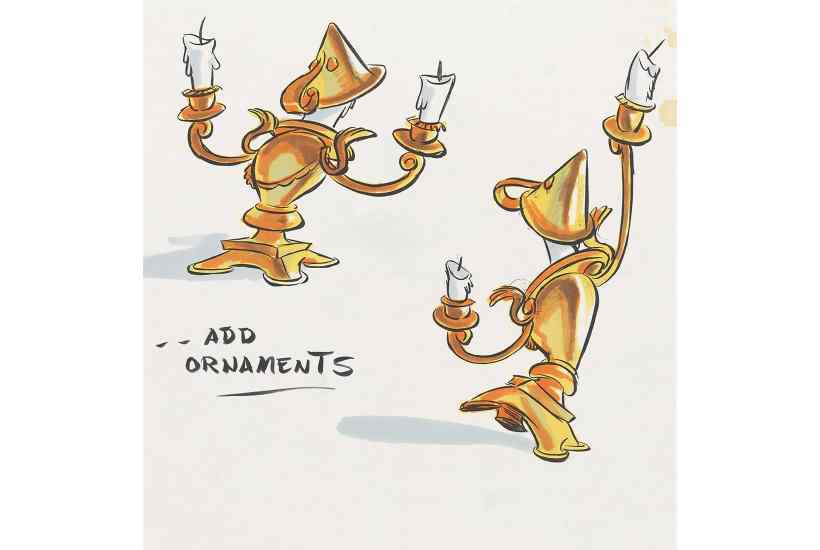
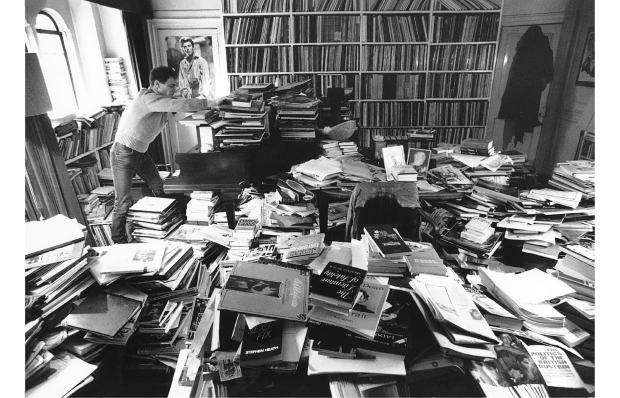
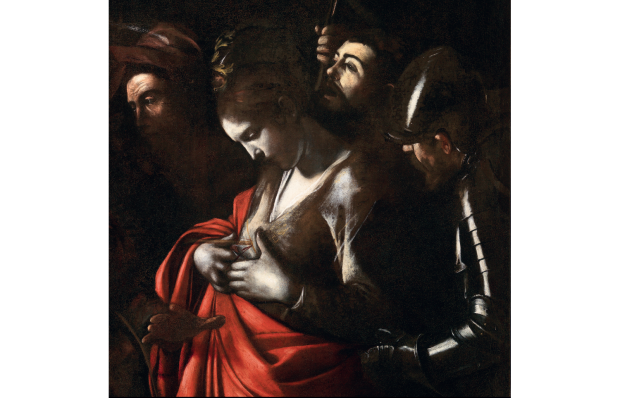
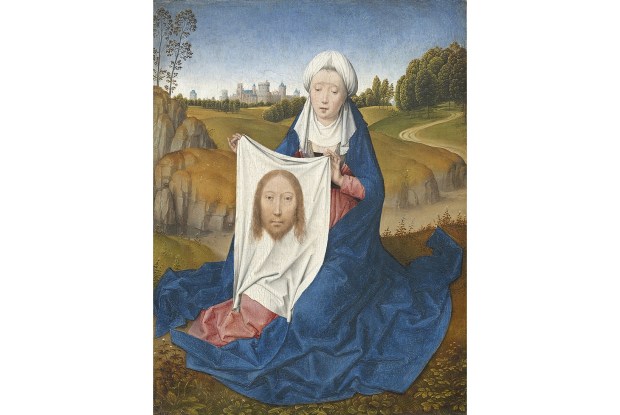
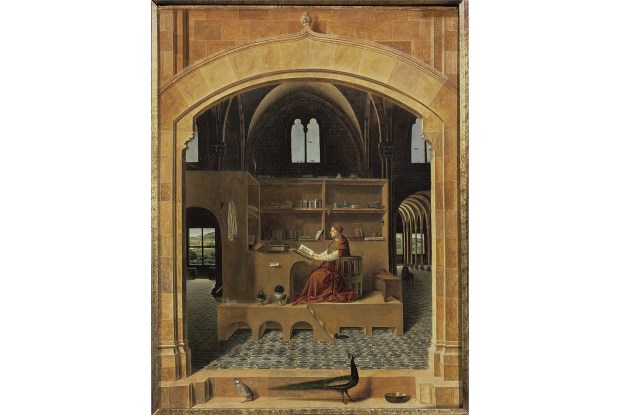
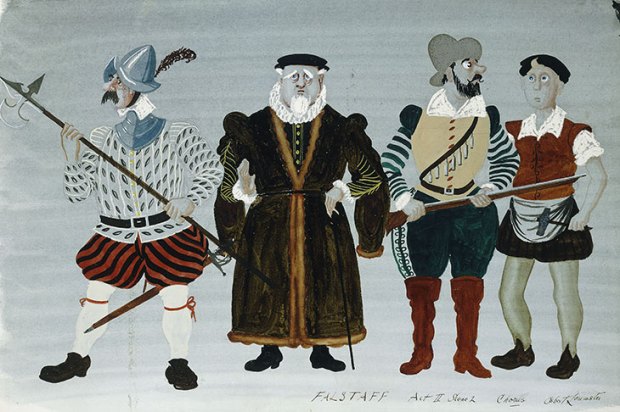
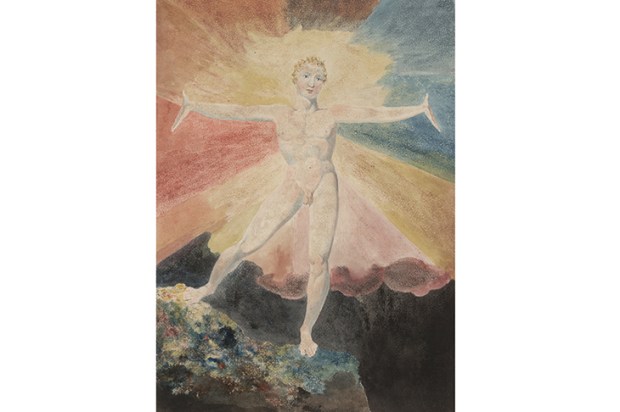






Comments
Don't miss out
Join the conversation with other Spectator Australia readers. Subscribe to leave a comment.
SUBSCRIBEAlready a subscriber? Log in